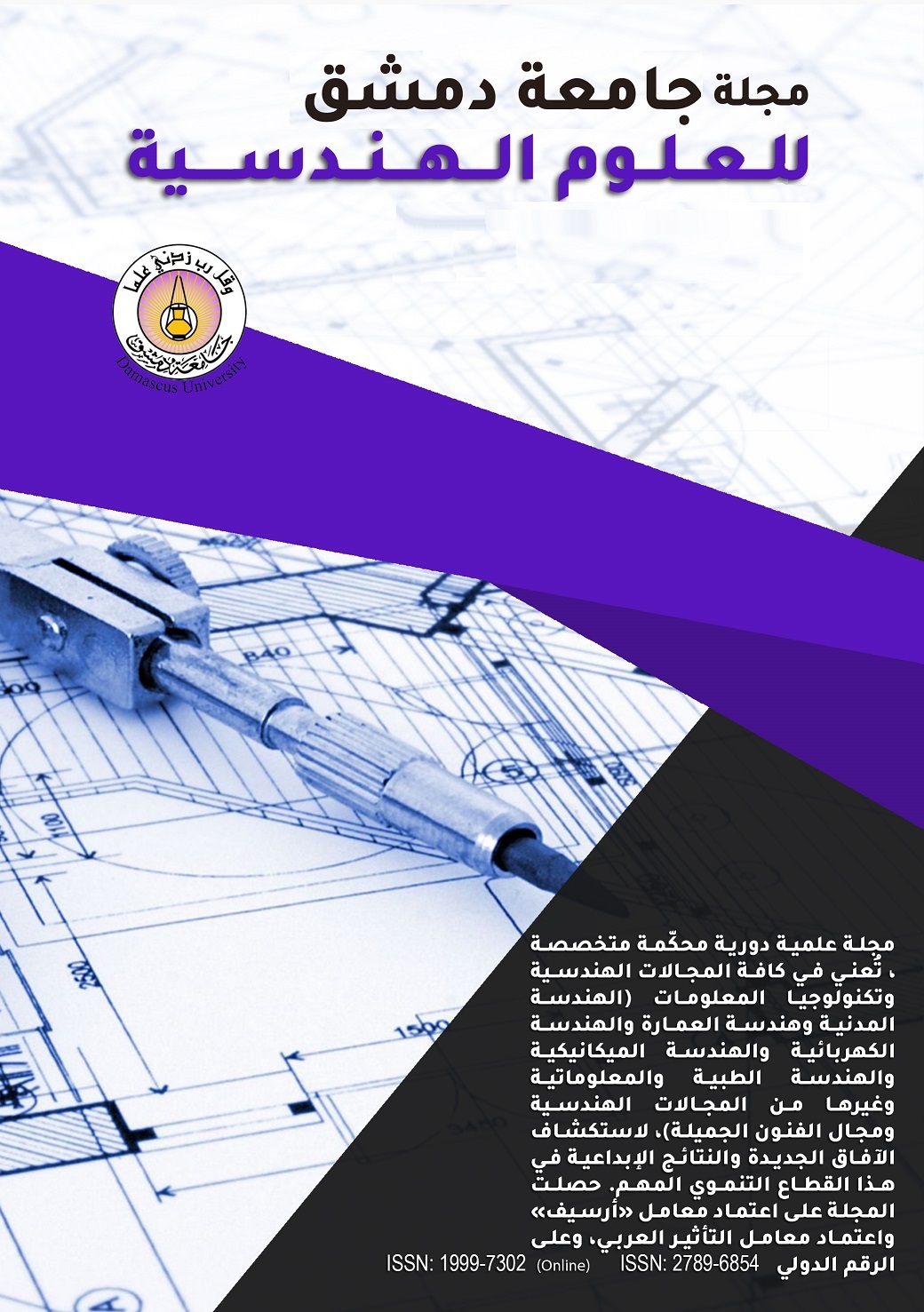Grasping Type Recognition based on EMG signals using NINA PRO dataset
Keywords:
Prosthetic grasping movements, NINA PRO Database, muscle sensors, Deep Learning, Classification, Convolutional Neural NetworkAbstract
This research focuses on developing the control of a prosthetic limb as a smart alternative to the amputated limb by using EMG signals to compensate for the grasping movements of the human hand. First, we studied the grasping movements that human hand can perform, in addition to studying the models of prosthetic arms made globally and their capabilities. Accordingly, we proposed to classify the grasping movements into four classes based on the number of fingers involved in the grasping process in addition the resting position. The study relied on the fifth version of the NINA PRO database, which assumes the presence of two armband of muscle sensors, each one includes eight sensors mounted on the foream of the amputated limb., so that there is an angular shift between them. The proposed algorithm is based on converting the signals of muscle sensors into a scaled matrix with dimensions that depend on the number of sensors and the rate of data acquisition during the time window of movement, and then converting the matrix into a grayscale image. Depending on the deep learning algorithms, several models were tested, where we able to classify there signals within the five classes with high efficiency and with a classification accuracy of 95.87% using CNN convolutional neural networks.
Downloads
Downloads
Published
Versions
- 2024-05-23 (2)
- 2023-12-06 (1)

